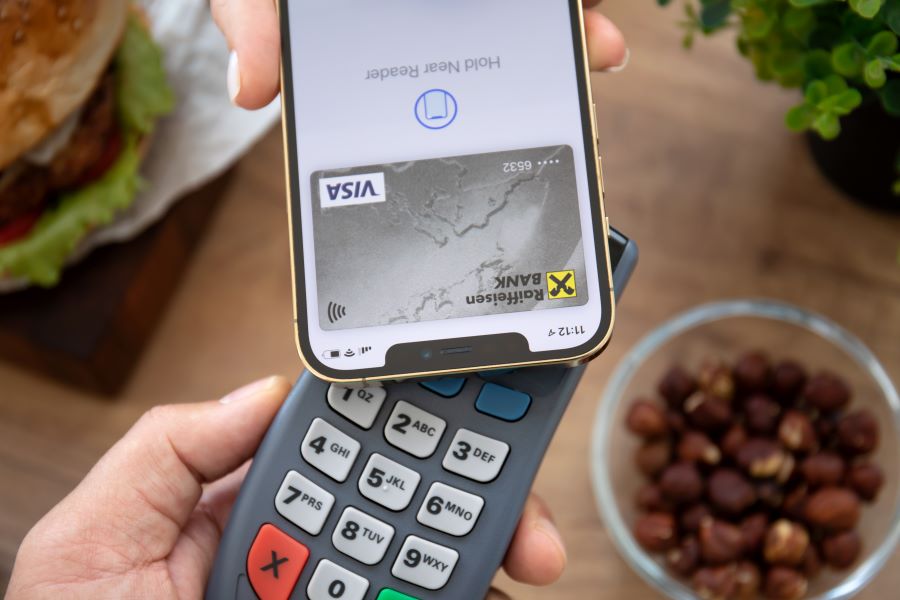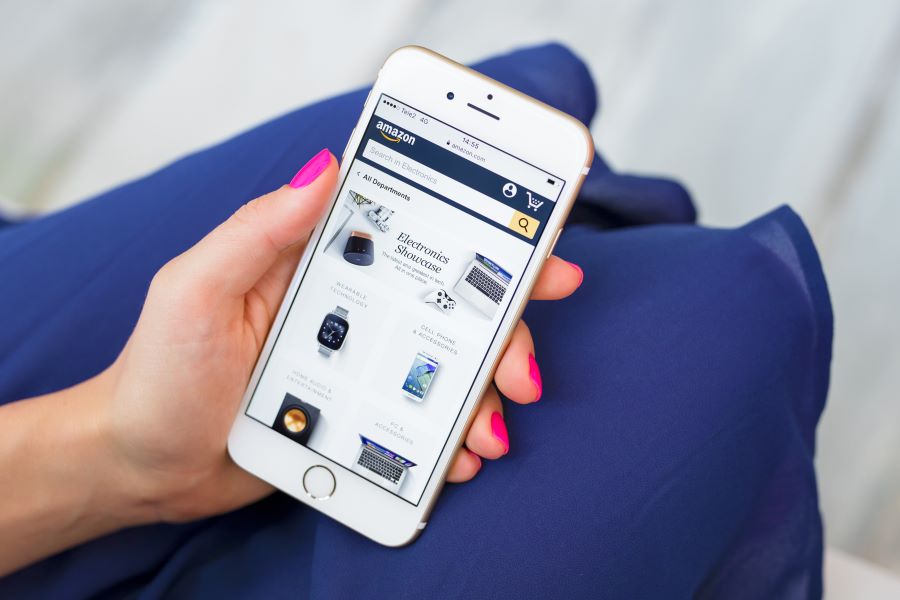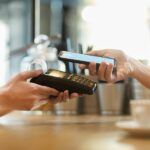What is m-commerce? Mobile commerce, also known as m-commerce, is a rapidly growing sector within the e-commerce industry. It refers to any transaction or activity conducted through a mobile device like a smartphone or tablet. Unlike traditional e-commerce, which takes place on desktop or laptop computers, mobile commerce leverages the convenience and portability of mobile devices to enable consumers to make purchases, access services, and interact with businesses anytime, anywhere.
Mobile commerce encompasses the entire digital shopping experience conducted through mobile devices. Its popularity is driven by the increasing number of mobile users and their convenience. With the advancements in technology and the continuous growth of social media, it is estimated that mobile commerce will continue to shape the future of e-commerce.
Types of m-commerce
Mobile commerce, or m-commerce, is a form of electronic commerce conducted through mobile devices such as smartphones and tablets. It encompasses many activities, including mobile shopping, mobile banking, mobile payments, and mobile ticketing. Several types of m-commerce cater to mobile users’ different needs and preferences.
These types of m-commerce provide convenience, flexibility, and enhanced user experiences for mobile users, driving the growth and evolution of mobile commerce in today’s digital world.
Web-based
Browser and Web-Based M-Commerce: In this category, users access websites through mobile devices to make purchases, place orders, or subscribe to products and services. Transactions typically involve entering payment card details directly on a web page or using mobile wallet options.
Examples include:
- Online retail stores: such as Tesco, Argos, and various small e-commerce businesses.
- Prominent online marketplaces: like Amazon and eBay.
- Convenient food ordering platforms: accessible through web-based interfaces.
- Travel and Booking Services: Websites like Booking.com and Airbnb enable users to book flights, hotels, vacation rentals, and more through mobile browsers.
- Ticketing and Event Platforms: Ticketmaster and Eventbrite allow users to purchase tickets and access event-related services via mobile browsers.
- Subscription Services: Services like Netflix, Spotify, and Hulu offer mobile-friendly websites where users can subscribe to streaming content.
- Grocery Shopping: Online grocery delivery services like Asda and FreshDirect provide web-based interfaces for ordering groceries through mobile devices.
- Automotive Sales: Car dealerships often offer mobile-optimized websites for browsing and purchasing vehicles.
- Pharmacy and Healthcare: Websites like Pharmacy2u and Lloyds Pharmacy provide mobile access for ordering prescriptions and healthcare products.
- Financial Services: Online banking platforms like Starling Bank and HSBC allow customers to manage accounts and transact via mobile browsers.
- Fashion and Apparel: Clothing brands like Zara and H&M offer mobile shopping experiences through their websites.
- Electronics and Gadgets: Websites of companies like Apple, Amazon, and Agros to mobile users looking to buy electronics and gadgets.
- Home Improvement and DIY: Retailers like Screwfix provide web-based interfaces for purchasing tools, appliances, and home improvement products.
Web-based mobile commerce provides customers with a convenient and efficient way to shop and purchase using their mobile devices. By leveraging NFC-based mobile payments, businesses can provide customers with a seamless and secure payment experience.
Apps
M-commerce, or mobile commerce, is conducting commercial transactions through mobile devices. With smartphones’ rise and increasing role in our everyday lives, m-commerce has become essential to the business landscape.
Examples of Mobile Apps:
- Marketplace Apps: Platforms like eBay and Gumtree are designed for buying and selling goods.
- Shopping Apps: Retail-focused apps such as ASOS and Marks & Spencer.
- Buy Now, Pay Later Apps: Services like Clearpay and Klarna allow users to split payments over time.
- Banking Apps: Mobile apps provided by banks for convenient financial management, including apps from Monzo and HSBC.
- Payment Apps: Peer-to-peer payment solutions such as PayPal and Google Pay.
- Customer Loyalty Apps: Loyalty programs from companies like Starbucks and Argos that offer rewards for repeat purchases.
- Food Delivery Apps: Platforms like Eat and Deliveroo for ordering takeaway and delivery.
- Social Media Commerce: Social networks like Facebook, Instagram, and TikTok with integrated selling features.
- Subscription Entertainment Apps: Services like Audible and Netflix that offer subscription-based entertainment content.
- Transportation Apps: Ride-sharing services like Uber and Lyft and public transit apps for booking rides.
- Try Before You Buy Apps: IKEA Place, an app that allows users to virtually place furniture in their living spaces before purchasing.
- Healthcare Apps: Telehealth and online counseling apps like Babylon Health for accessing healthcare services remotely.
By offering dedicated marketplace and aggregator m-commerce apps, businesses can enhance customer experiences, provide convenience, and drive sales in the mobile landscape.
In-person
In-person m-commerce, or mobile commerce, involves purchasing through mobile devices in physical retail stores or offline settings. Unlike web-based or app-based m-commerce, which primarily focuses on online transactions, in-person m-commerce taps into the power of mobile devices to enhance the shopping experience in brick-and-mortar locations.

In-Person Mobile Payment Methods: In-person payment methods harness the power of your mobile device to facilitate seamless transactions at physical locations. These methods offer convenience and security, making payments quick and hassle-free. Here are some notable examples:
- Mobile Wallets (e.g., Apple Pay): Mobile wallet apps securely store tickets or payment cards on your device. Verification for contactless payments is done through your PIN, face recognition, or fingerprint authentication, ensuring a smooth and secure transaction process.
- QR Code Payments: With QR code payments, scan a QR code using your phone’s camera. This action opens a payment page in your mobile browser, where you can securely enter your card details to complete the transaction swiftly and securely.
- SoftPOS (Software Point of Sale): Merchants can initiate transactions using a tap-on-phone app, prompting the payer to tap their card or mobile wallet directly onto the merchant’s phone. This innovative method streamlines the payment process and enhances convenience for both parties.
- Mobile POS Apps with Card Reader: Some merchants use point-of-sale (POS) apps on their mobile devices, connecting wirelessly to card readers via Bluetooth. This setup allows them to accept card payments efficiently and securely, whether in a brick-and-mortar store or on the go.


